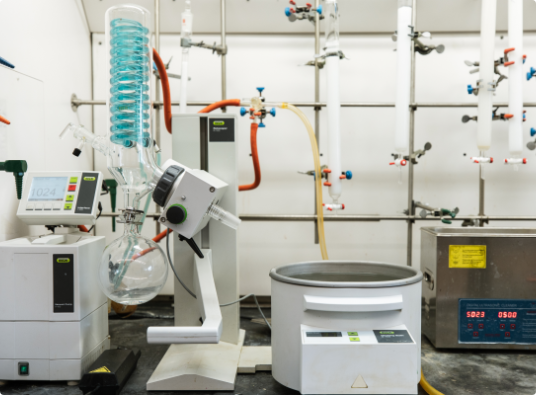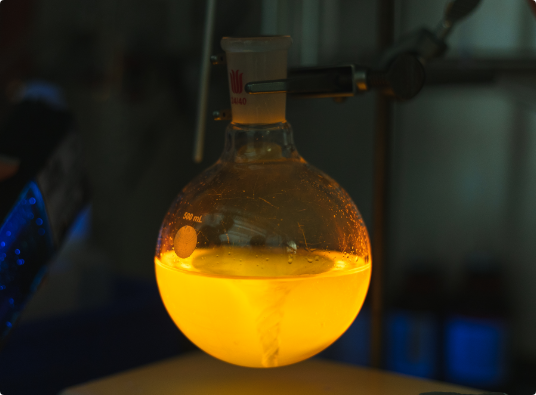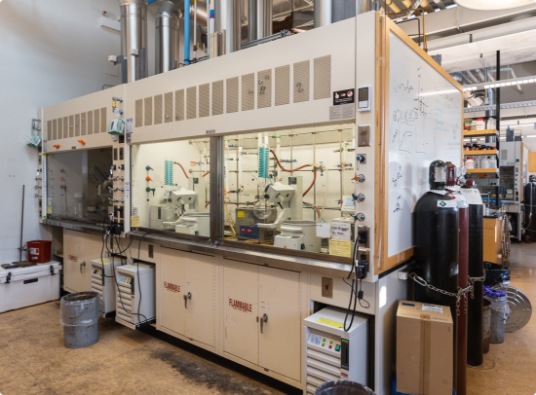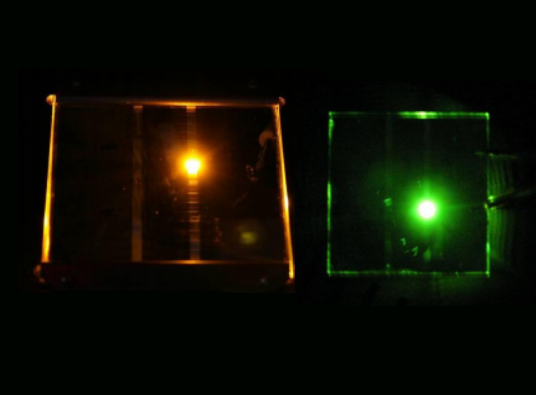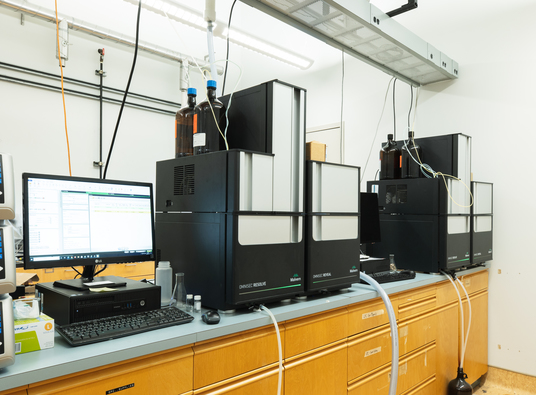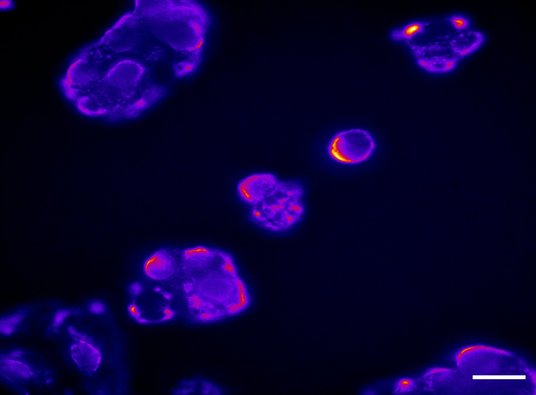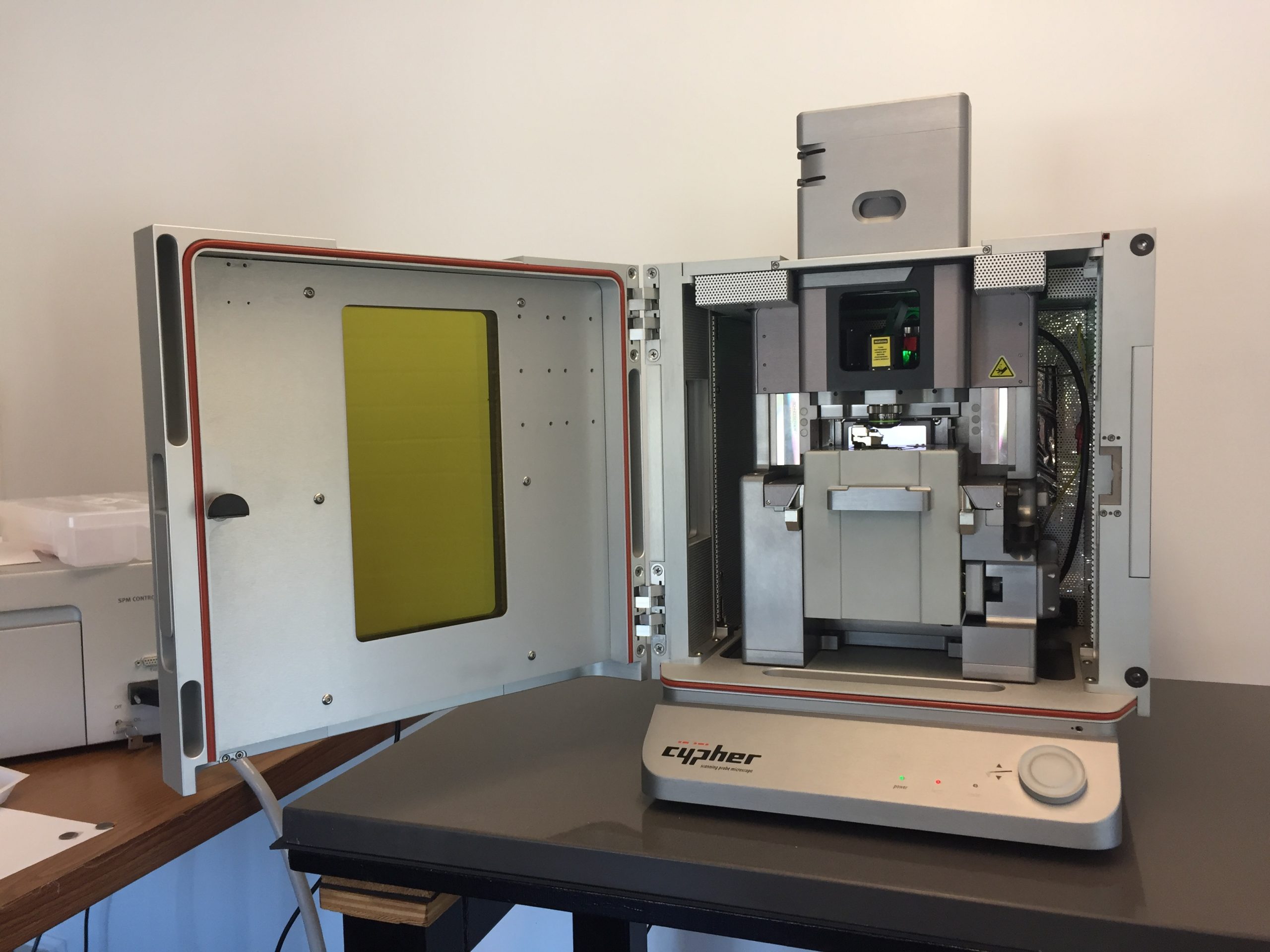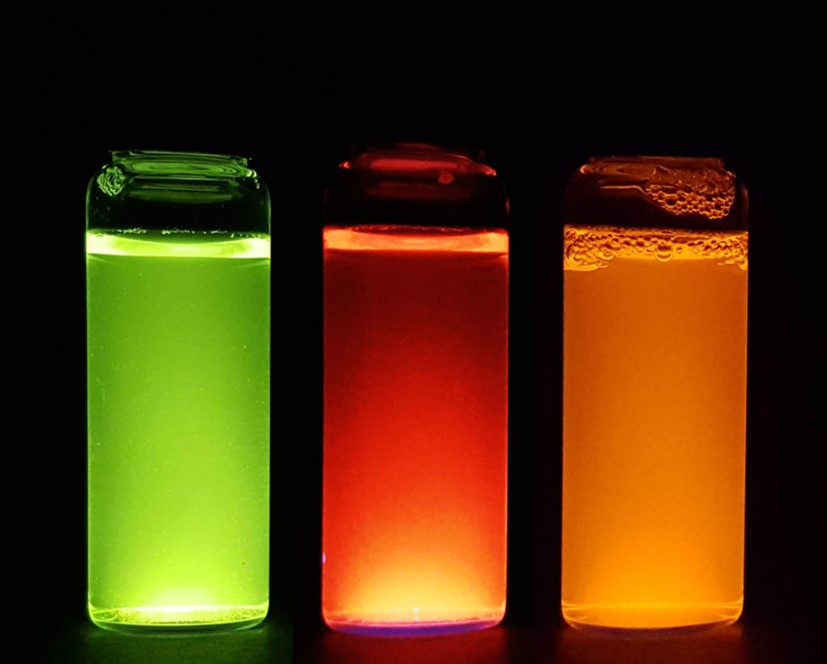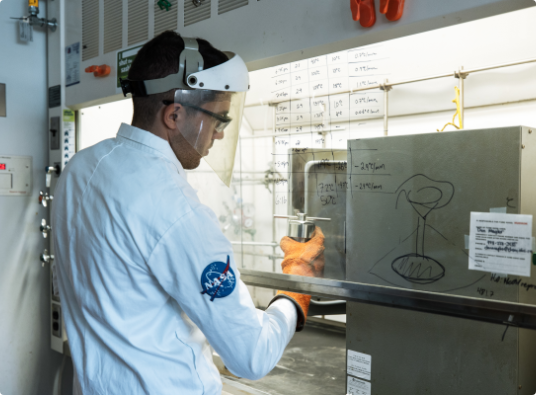Research
Our research on optoelectronic materials spans the fields of organic, inorganic, and physical chemistry, polymer science, and nanomaterials. We develop new technologies for applications such as energy-efficient displays, fluorescent bioimaging probes, and organic photocatalysts. Our mission is to provide a collaborative environment where creativity is encouraged, and trainees have the freedom to challenge themselves and break new ground.
